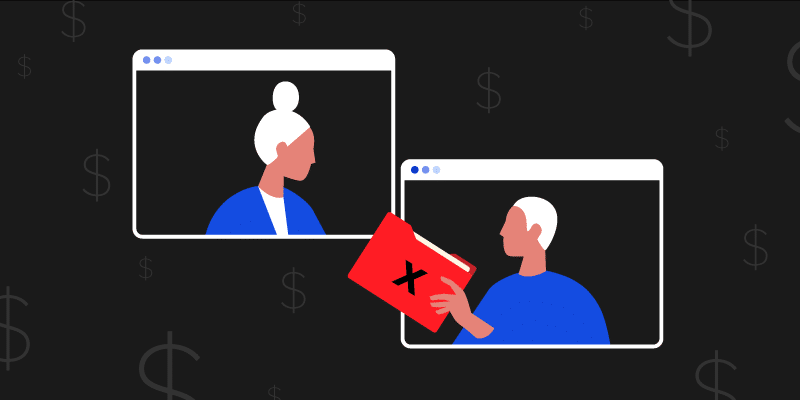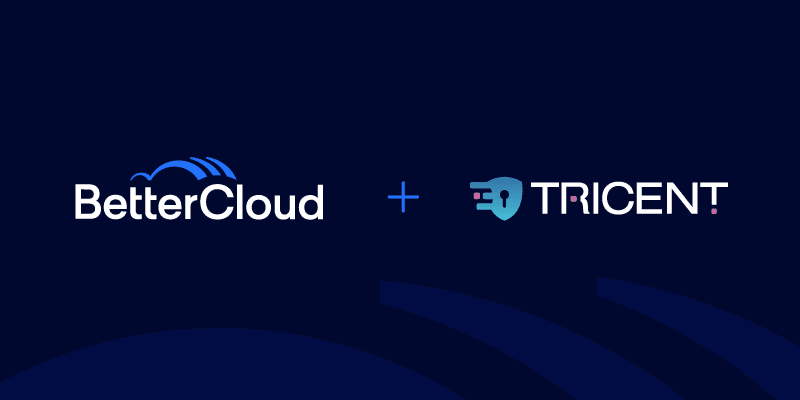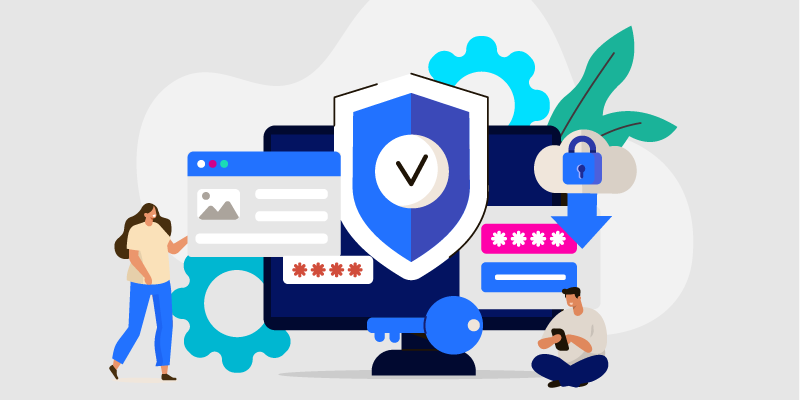How to Keep Institutional Knowledge from Walking Out the Door
May 30, 2019
4 minute read

This article originally appeared on the Onix Blog.
In the words of Bob Dylan, “The times, they are a changin’.” Baby boomers, stalwarts of today’s workforce, are cleaning out their desks and starting life as retirees. Chances are, they’re taking years of institutional knowledge with them.
As boomers retire, companies are unwittingly losing valuable institutional data. Why? Because while the retiree’s job is transitioned to a new employee, many organizations don’t consider the knowledge and experience walking out the door with that employee. They often forget to have these departing workers document important information before they turn off the lights in their offices and hit the golf course or travel the world.
In fact, a survey of boomers conducted by staffing company Express Employment Professionals reveals that 21 percent of the study’s 1,500 respondents didn’t share any knowledge with those taking over their jobs. Another 57 percent indicated they shared 50 percent or less of the key information needed to perform their jobs with their replacements.
That’s a lot of lost institutional knowledge falling into the abyss. This chasm between the retiring old guard and the up-and-comers taking on those vacated roles can unintentionally undo a long legacy of institutional information.
Last spring, an article from CMSWire summed up why knowledge management and transfer are an essential part of today’s digital workplace.
As the article states, workers of all generations need to “…be aware of what has worked and has not worked in the digital world. Digital leaders need to be able to bestow confidence in others, so organizations don’t fear embarking on new projects.”
The transfer of knowledge between retiring boomers and generations still in the workplace (X, Millennials, and Z), is an essential part of this effort. Younger employees lack three things their Boomer counterparts have:
- Boomers are familiar with typical enterprise systems.
- Boomers, due to experience, tend to know where information is located, what’s in those systems—and how to work with and search within them. For younger folks, it’s more likely to be not only “Do you need to know what you are looking for,” but “What rock it is under?”
- Boomers have a social network and often a long history with the company. Younger folks don’t; they often don’t know whom to turn to. And as more boomers leave, the list of potential contacts for their replacements grows smaller each day.
The learning curve for younger generations to become productive can be long. Younger workers also want cool tools so the workplace feels attractive and modern to them.
As a recent Washington Post article notes, since boomers are the first generation to transfer their knowledge to machines and computer programs—as well as to apprentices and junior employees—it’s important to know how to transfer all of this data smoothly as part of an ongoing search journey.
You can accomplish this through a combination of common sense, technology, and a human touch. Remember, many of the workers filling the vacant positions are from generations that have grown up with the internet, and spend hours using social networking. To many, Google isn’t just a service. It’s a verb, and it’s how they get information instantaneously on demand.
With this in mind, here are some ways to ensure a smooth knowledge transfer from your department boomers to Gen X, Millennials, and Gen Z workers moving up the ladder:
Create a knowledge succession plan
A retiree’s job isn’t the only thing that needs to be covered. You also need to plan for the amount of knowledge accrued during years on the job. A good knowledge succession plan identifies a replacement well before the retiree leaves to provide mentoring opportunities to the new worker.
Require that the replacement employee attend internal and external meetings with the retiree, and participate in what some transition experts call “mini experiences” to learn firsthand about the role from the expert. You’ll also want to determine how all knowledge the retiree possesses—digital or otherwise—will be recorded, stored, and found. That’s where the cloud comes in.
Elevate your digital data to the cloud
While many still think of the cloud only as a great way to send and store an email or serve as a modern replacement for outdated, on-premise servers, it’s also a powerful tool for managing data across your workforce—and its multiple generations. Today’s cloud infrastructure provides a speedy, reliable way to access all of your organization’s data through a simple search function, not just from the office, but from anywhere in the world.
Cloud search allows users to search not only your repositories, but also those from third parties. This gives searchers the widest possible amount of relevant data, an important step once retirees depart for new adventures. It allows people back at the office to locate key files quickly so they can continue doing their jobs and not lose time digging, sometimes fruitlessly, for vital information.
Create a transition portal on your intranet
The cloud is a terrific place to host a social intranet. Beyond using it for company news and updates, you can also create dedicated sections where impending retirees can provide data and insights to those moving into their soon-to-be-vacated positions.
The transition portal hosted on your intranet is also searchable, linking to key repositories of documents and other information and videos from the retirees. It provides replacement workers with a central location to search for and access the data they need to do their jobs. Because the intranet is cloud-based, the data is easily searchable and accessible—and has no expiration date.
In today’s cloud-based workplace, there’s no reason why valuable institutional knowledge should vanish when there’s a changing of the guard due to retirement or attrition.
Working with retiring boomers before they leave to move their knowledge into a digital format and shared on the searchable cloud will keep your institutional data alive and foster business continuity.






